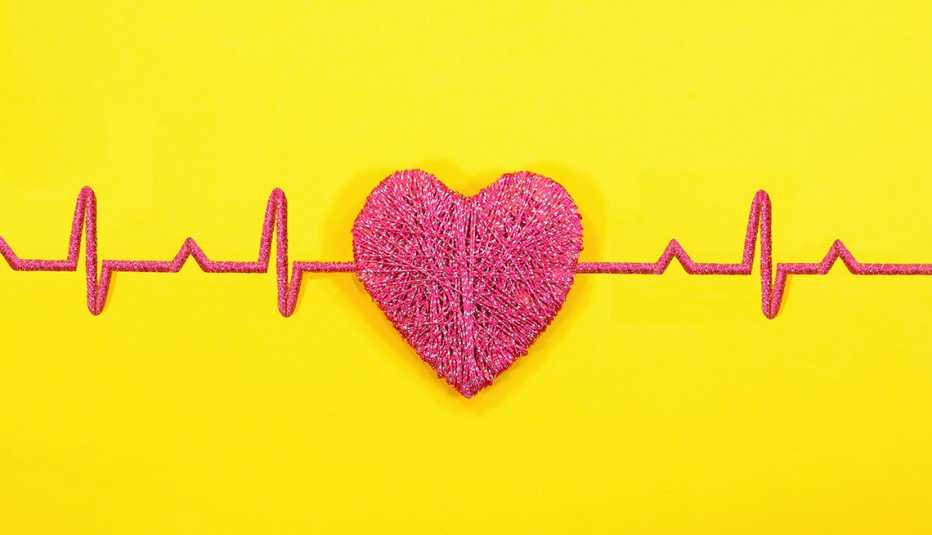AARP Hearing Center


You probably already know several key numbers about your health: your weight, your blood pressure and maybe even your cholesterol and blood glucose levels. But there’s another number you should know, and that’s your resting heart rate.
“If it’s too low or too high, it can indicate heart problems,” says Michael LaMonte, director of graduate studies and research professor of epidemiology and environmental health at the University of Buffalo School of Public Health and Health Professions. “But it can also be tricky, since your heart rate can be impacted by a lot of different things, including environmental conditions such as heat, humidity or cold.”
Here’s a look at what a normal heart rate is and what it means when your resting heart rate is too high or too low.
What is a normal resting heart rate?
Your resting heart rate is the number of times your heart beats per minute when you’re at rest. The American Heart Association says anything between 60 and 100 beats per minute at rest is considered a normal resting heart rate for most adults. If you’re very athletic, your normal resting heart rate could be even lower, around 40 beats per minute. That means your heart muscle is in better shape and doesn’t have to work as hard to beat regularly, says cardiologist Nieca Goldberg, M.D., clinical associate professor of medicine at the NYU Grossman School of Medicine in New York City. Research shows, for example, that men with a resting heart rate of more than 90 beats per minute had three times the risk of death from any cause compared with men whose heart rate was lower than 50.
Heart rate by the numbers
- Resting: 60 and 100 beats per minute
- Athletes: may have a lower resting heart rate
- Moderate workouts: 50%-70% of the maximum for your age
- Intense workouts: 70%-85% of maximum for your age
- Maximum heart rate: about 220 minus your age
Source: American Heart Association
That’s why some cardiologists say that the lower your resting heart rate, the better. “I consider a normal heart rate to be between 45 and 85 beats per minute,” says Walid Saliba, M.D, cardiologist and director of the Electrophysiology Lab at the Cleveland Clinic. “If you’re sitting and not doing anything, a heart rate of 100 beats per minute is abnormal.” On the flip side, he adds, if you’re athletic and very well conditioned, there should be no alarm bells ringing if your resting heart rate is just 45 beats per minute.
How do you find your resting heart rate?
The American Heart Association recommends checking your heart rate first thing in the morning — before you get out of bed is ideal, and definitely before you’ve had a cup of coffee. You can find your heart rate by taking your pulse on your wrist. Here’s how.
- Press lightly on the artery in your wrist with the tips of your index and middle fingers.
- Count your pulse for 30 seconds.
- Multiply your pulse by two, and that’s your resting heart rate per minute.




































































More From AARP
Foods to Help Manage Blood Pressure
Help control your blood pressure numbers by watching what’s on your plate
8 Things to Know About Heart Disease
Heart disease risks and prevention tips for people 50-plusHeart Health Secrets from a Cardiologist
Keep your ticker in great shape as you age